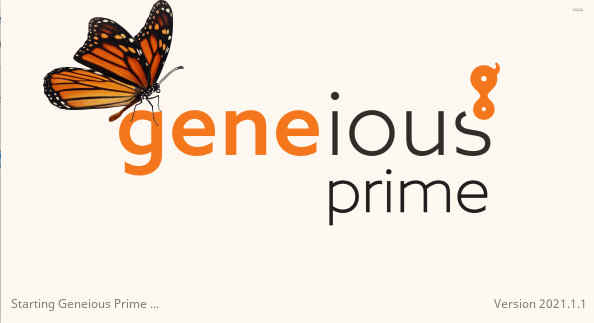

rostrata is variable and that there may be a corresponding clonal diversity within the species. suggested that the natural environment of T. The guideline for declaring that Tetrahymena strains belong to different species is 4–5% divergence in the cox1 gene sequences. The second group, consisting of TR1015 and TR1016 had 0.6% divergence between them but a 4.4–5.2% sequence divergence from TR01, the type strain. The first group, consisting of isolates TR01, TR02, TR03, TR1034 and TR1035, had 0.9–1.3% sequence divergence. These comparisons showed the Spanish and Polish isolates were identical in the SSUrRNA but clustered as two subgroups based on cox1. A further four isolates from Zonitoides nitidus and Cochlicopa lubrica snails from Poland were compared to the Spanish isolates using partial cox1 and SSUrRNA sequences. Characterisation of isolates from Helix aspera snails and Deroceras reticulatum slugs in Spain included morphometric measurements and molecular data derived from the mitochondrial cytochrome oxidase 1 ( cox1) gene and the nuclear small subunit ribosomal RNA gene (SSUrRNA). rostrata available for genetic comparison. rostrata which can result in trans-ovarial transmission of the parasite. Histological examination of wild slugs has shown that the albumen gland and genital tract organs can become heavily infected with T. rostrata favours the renal tissues where it can multiply up to large numbers. Most reports of natural infections of slugs and snails have shown that T. Tetrahymena rostrata (Kahl 1926, Corliss) are ciliated protozoa which can be free-living in edaphic environments and can occur as facultative parasites of terrestrial molluscs.

rostrata from different hosts or the geographic origins of the isolates. Variation was observed in several mitochondrial genes and was used to determine intraspecies variation and may reflect the natural history of T. The two isolates had nucleotide identity within common nuclear markers encoded within the histone H3 and H4 and small subunit ribosomal RNA genes and differed by only 2–4 nucleotides in a region of the characterised actin genes. The linear mitogenomes had the gene content and organisation typical of the Tetrahymena genus, comprising 8 tRNA genes, 6 ribosomal RNA genes and 45 protein coding sequences (CDS), twenty-two of which had known function. rostrata isolates had similar morphology. The sequences of mitochondrial genomes and several nuclear genes were determined using Illumina short read sequencing.

Two distinct isolates of the facultative parasite, Tetrahymena rostrata were compared, identifying and utilising markers that are useful for studying clonal variation within the species were identified and utilised.


 0 kommentar(er)
0 kommentar(er)
